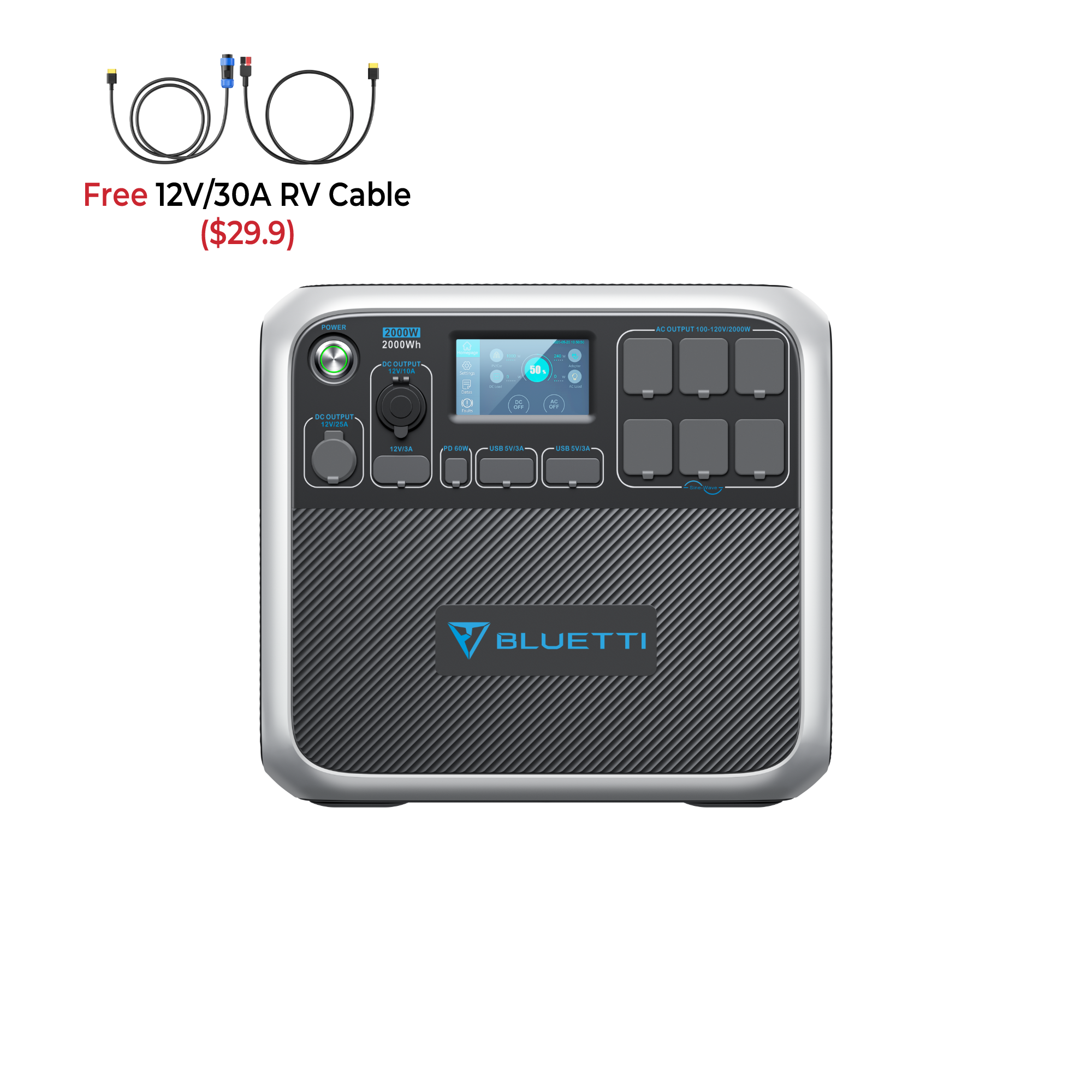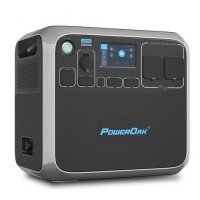I bought the Poweroak AC200P some time back and very pleased with it. Just back from 21 day run to Germany and never required EHU as used onboard solar to top it up every day. Used it for everything from boiling kettle to using 2000watt hair dryer (no me the wife) and used a 240 volt fan nearly 247. Down side is it's heavy, but we can manage that.
LINK:

 www.bluettipower.com
www.bluettipower.com

LINK:

BLUETTI AC200P Portable Power Station | 2,000W 2,000Wh
Meet all your needs, anywhere, anytime. BLUETTI AC200P solar generator features a massive 2,000Wh capacity to power your equipment, no more worry about power outages interrupting your work.
 www.bluettipower.com
www.bluettipower.com


